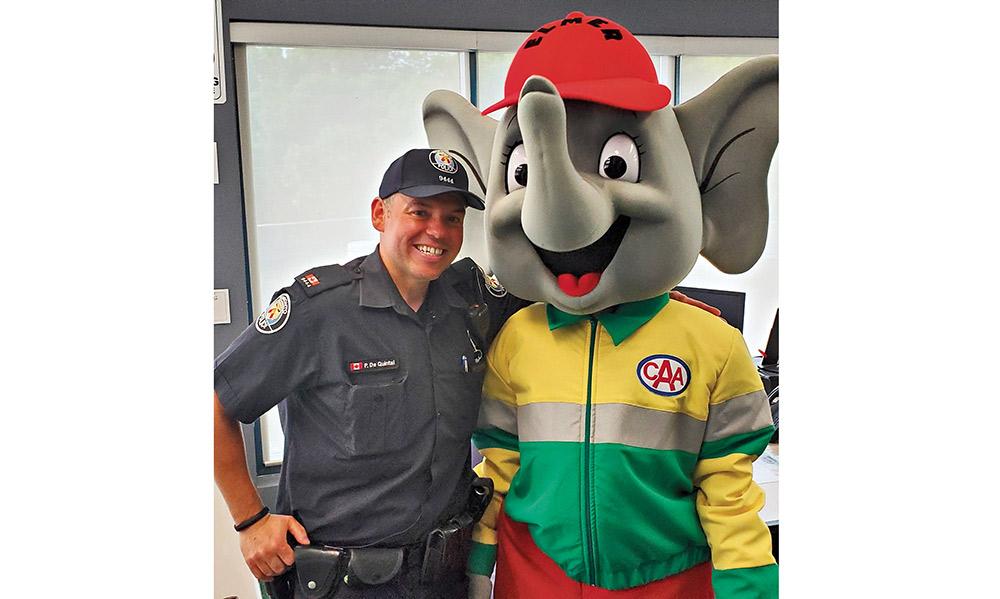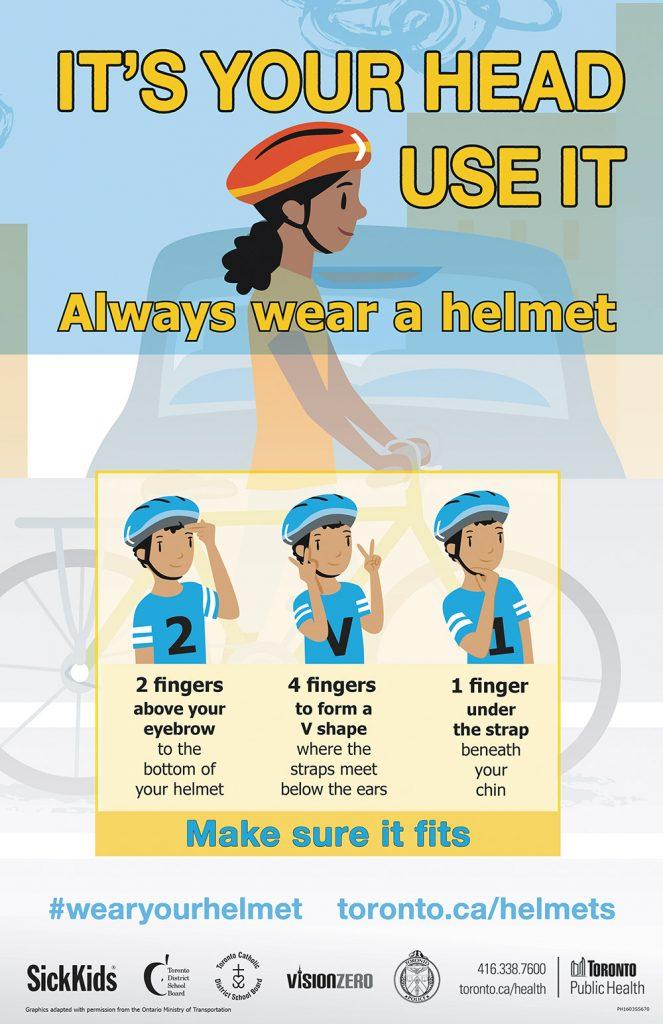
Do you remember Elmer the Safety Elephant?
“Since the late 1940s, Elmer has held a special place in the hearts of many Canadians of a certain age,” says Lewis Smith, Manager, National Projects, Canada Safety Council, “as a well-known symbol of safety education, teaching children about road and bike safety.”
Even though Elmer may not be a familiar mascot to many today, his safety tips are still relevant. To ensure kids and parents have a safe summer, Toronto Police Constable Peter De Quintal reminds kids and parents alike that even though school is out, safety doesn’t take a holiday.
Be aware of your surroundings
“Drivers and children need to be extra cautious during the summer,” De Quintal says. “Now that it’s not a structured environment like during the school year, kids can be found playing in the playground, at a park, or in their front yards at any time of the day. They might be easily distracted and not fully aware of their surroundings. Instead of remembering to stop and look both ways, they may react impulsively, like chasing after a ball that may have rolled onto the road, rather than asking an adult for help.”

Stay safe, play it safe – wear a helmet and get a bell
“If you’re going to ride a bike, wear a helmet and protect your head,” he says. “By law, children and youth under the age of 18 are required to wear a helmet when cycling in Ontario. So, wear a helmet whether cycling, rollerblading, or skateboarding, and remember the 2-V-1 Rule.
2 – Your helmet should fit 2 finger-widths above your eyebrows – it shouldn’t tilt up or down.
V – Make sure you have a snug fit, and don’t wear a cap underneath. The side straps should meet and form a V below each ear.
1 – You shouldn’t be able to fit more than one finger between your chin and the fastened strap.
As for the bicycle bell, think of it as the car horn for your bike. It’s a helpful tool for alerting pedestrians and promoting safety for all.”
Pedestrian safety means to see and be seen
“Always cross from an intersection; never cross in the middle of the road. And remember to walk facing traffic if there is no sidewalk,” says De Quintal. “This way, you can see the oncoming traffic, and they can see you. Plus, you can get out of the way if necessary.”
Did you know preventable traffic accidents are the leading cause of death for children aged one to nine?
“I’ve given out more than my share of stop sign infractions. Stop signs are not optional. It’s hard to understand why drivers don’t seem to respect it. When you come to a stop sign, you must come to a complete stop, which means your wheels must stop being in motion. And, if there is a painted white line, you stop at that white line, not beyond it and not way before it. Those few extra seconds allow your vehicle to come to a full, complete stop. I can assure you it won’t delay your day, but it could save a life.”
And for all the parents out there, let’s lead by example! That means no jaywalking, always crossing at the lights, stopping and looking both ways before crossing the street, walking your bike at the lights and taking a pause from your cell phone and earbuds – stay focused and avoid distractions.
If parents and schools are interested in safety presentations, contact your neighbourhood community officers at your local police division and check out Elmer.ca





